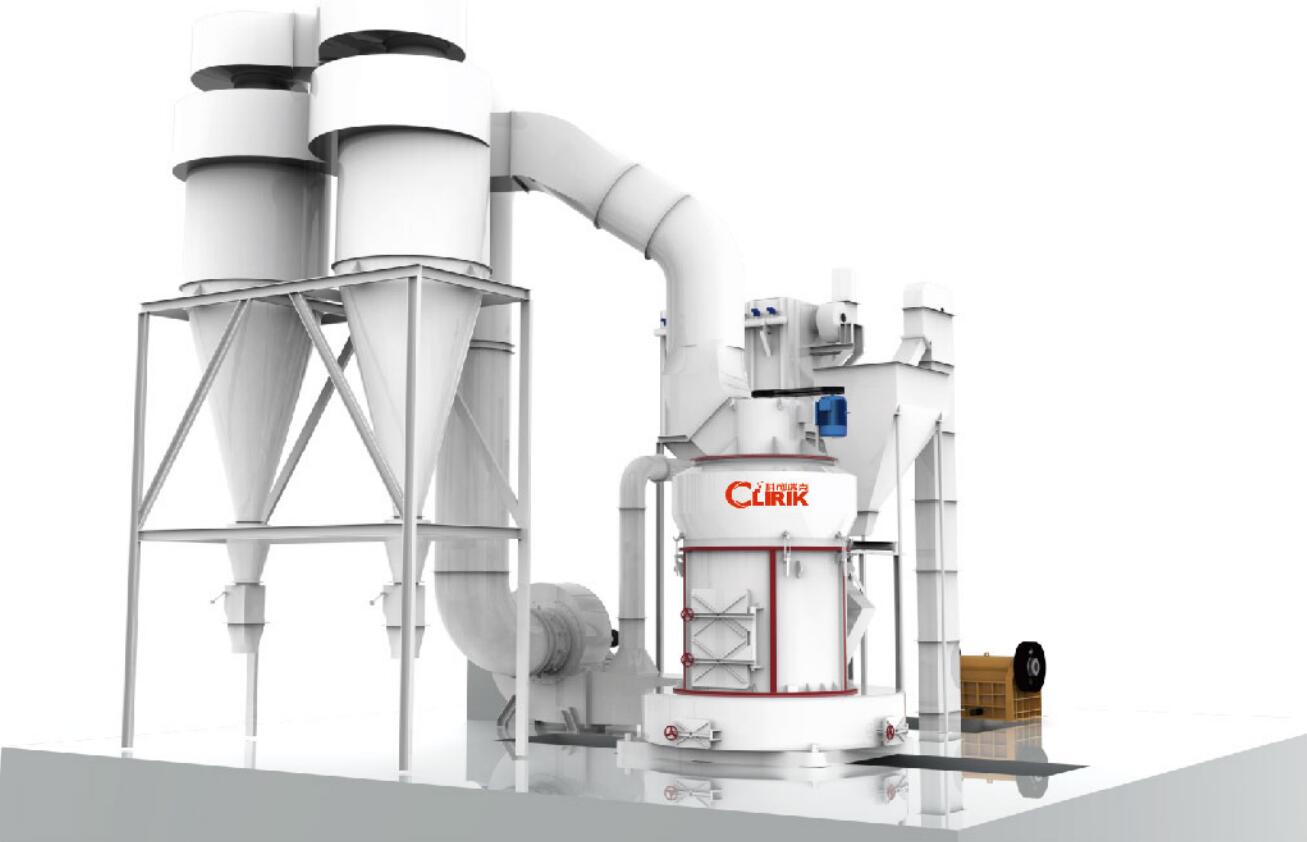Understanding Light Calcium Carbonate (PCC): Production, Applications, and Key Differences
Source:nclirik
Posted:2023-11-28
Light calcium carbonate, also known as precipitated calcium carbonate (PCC), stands at the forefront of industrial innovation due to its unique properties and diverse applications. This article delves into the intricacies of PCC production, its distinctive characteristics, and the machinery and equipment integral to its manufacturing process.

Equipment: Slaking machines or reactors for converting quicklime (calcium oxide) into calcium hydroxide.
Equipment: Carbonation reactors or vessels equipped with agitation for the controlled reaction of slaked lime with carbon dioxide, leading to the precipitation of calcium carbonate.
Equipment: Filtration equipment such as filter presses or centrifuges for separating solid calcium carbonate particles from the liquid phase.
Equipment: Washers or washing columns for removing impurities and residual chemicals from the collected calcium carbonate.
Equipment: Dryers such as rotary dryers, flash dryers, or spray dryers for removing water content from the wet calcium carbonate obtained after washing.
Equipment: Grinding mills, classifiers, or other particle size control devices for achieving the desired particle size distribution, depending on the application.
Equipment: Analytical instruments for measuring particle size, purity, and other relevant properties, ensuring the final product meets specified standards.
Equipment: Bagging machines, palletizers, and other packaging equipment for packaging the final light calcium carbonate product.
Light calcium carbonate, or precipitated calcium carbonate, stands as a testament to the symbiosis of technology and industry. The understanding of its production process and the array of machinery involved allows industries to harness its benefits effectively. As technology evolves, the production and application of light calcium carbonate are poised for further innovation, promising continued advancements across diverse sectors.

Production Process:
The production of light calcium carbonate involves a carefully orchestrated chemical precipitation process. Below are the key stages in this process, along with the corresponding equipment:1.Raw Material Preparation:
Equipment: Slaking machines or reactors for converting quicklime (calcium oxide) into calcium hydroxide.
2.Carbonation Unit:
Equipment: Carbonation reactors or vessels equipped with agitation for the controlled reaction of slaked lime with carbon dioxide, leading to the precipitation of calcium carbonate.
3.Separation and Filtration:
Equipment: Filtration equipment such as filter presses or centrifuges for separating solid calcium carbonate particles from the liquid phase.
4.Washing Unit:
Equipment: Washers or washing columns for removing impurities and residual chemicals from the collected calcium carbonate.
5.Drying Equipment:
Equipment: Dryers such as rotary dryers, flash dryers, or spray dryers for removing water content from the wet calcium carbonate obtained after washing.
6.Particle Size Control (Optional):
Equipment: Grinding mills, classifiers, or other particle size control devices for achieving the desired particle size distribution, depending on the application.
7.Quality Control Equipment:
Equipment: Analytical instruments for measuring particle size, purity, and other relevant properties, ensuring the final product meets specified standards.
8.Packaging Equipment:
Equipment: Bagging machines, palletizers, and other packaging equipment for packaging the final light calcium carbonate product.
Distinguishing PCC from GCC:
Distinguishing PCC from ground calcium carbonate (GCC) involves visual inspection, chemical tests, source information, and laboratory analyses. PCC's finer particle size, lower density, and smoother texture set it apart from GCC.Applications:
PCC finds applications across various industries, including the paper industry, paints and coatings, plastics, rubber, adhesives and sealants, as well as food and pharmaceuticals. Its versatility stems from its ability to enhance properties such as brightness, opacity, stiffness, and reinforcing characteristics.- Paper Industry: PCC is a common filler in the paper industry, enhancing brightness, opacity, and printability.
- Paints and Coatings: It serves as a pigment in paints and coatings, contributing to whiteness and opacity.
- Plastics: PCC is used as a filler in plastics, improving stiffness, reducing costs, and enhancing processing characteristics.
- Rubber Industry: It acts as a reinforcing agent in rubber products.
- Adhesives and Sealants: PCC improves the performance of adhesives and sealants.
- Food and Pharmaceuticals: In certain cases, it is used as a calcium supplement in food and pharmaceutical products.
Key Differences from GCC:
Compared to GCC, PCC is characterized by its smaller particle size, controlled production process, and lower density. These distinctions make PCC particularly suitable for applications requiring precision in particle characteristics.Quality Control:
Rigorous quality control measures are applied to the final PCC product, ensuring consistency and adherence to specified standards. This commitment to quality enhances the reliability and performance of PCC in various industrial applications.Light calcium carbonate, or precipitated calcium carbonate, stands as a testament to the symbiosis of technology and industry. The understanding of its production process and the array of machinery involved allows industries to harness its benefits effectively. As technology evolves, the production and application of light calcium carbonate are poised for further innovation, promising continued advancements across diverse sectors.
Related Newsmore >>
- CLIRIK Welcomes a Surge of Visitors During CHINACOAT 2025 Season — Free Shuttle to Pudong Showroom2025-11-25
- Ultrafine Grinding of Recovered Carbon Black (rCB) Using HGM Mill2025-10-23
- HGM Ultrafine Grinding Mill for Limestone in Cement Industry2025-10-15
- Happy China National Day 20252025-09-29
- CLIRIK Ships HGM Mill to India: Fine Limestone Powder for Rubber & Plastic Fillers2025-09-25
- CLIRIK Mill Processing CaCO₃ at 500,000 tons/year, 600–3000 mesh2025-08-29













